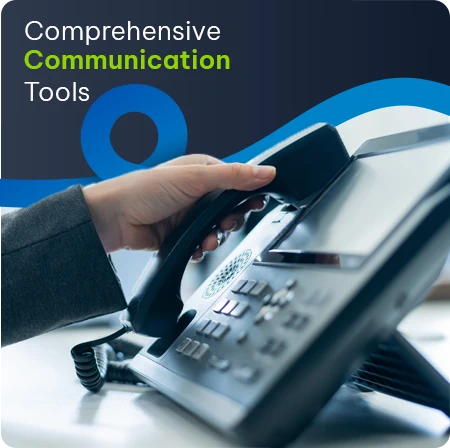By Craig Blignaut, Product Manager: WiFi and Theo Van Zyl, Head of Wireless at Vox
In an age where connectivity is the foundation of our digital existence, understanding the complexities of modern connectivity offerings is critical. The Internet, a global network of interconnected computers, devices and databases, makes it possible for us to access information and communicate from anywhere in the world. WiFi, on the other hand, allows us to connect our devices to the Internet. A WiFi connection can come from fibre, LTE, wireless or a satellite connection.
Making sense of connectivity
While the distinction between WiFi and the internet might be obvious to some, others think about them as being one and the same. In part, this is because most users think about WiFi as something we use to connect to the Internet. So, if you can’t get online, you automatically assume that the bridge between you and the Internet – the WiFi – must be the issue. But this isn’t necessarily the case.
While one can get away with using these terms interchangeably in most conversations, there are situations where understanding the “language” of connectivity can help you make the right purchasing decisions. For a customer setting up a network in their new home and understanding the lingo can be useful when chatting to service providers about their connectivity requirements.
If you work from home and spend your days on video calls, you must make sure that you have the necessary speed and capacity to handle this. Or if you’re a TV and movie buff and you want to stream 4K content on your TV, your connectivity will need to keep up. And as more and more items in our home connect to the Internet, we also have to remember that the bandwidth we have is being shared across all of these devices, thus affecting the speed. This must also be taken into account when choosing a connectivity offering that delivers what you need.
In addition, making sure that you have the right WiFi equipment is important. If you’ve upgraded to higher fibre speeds but your router can’t handle these speeds, your hardware won’t be able to deliver the level of experience you’re paying for.
The more one understands, the easier it is to come up with workarounds when things aren’t working as they should. As South Africans, we’re all too familiar with loadshedding and the connectivity challenges that come along with it. During power cuts, mobile connectivity suffers. If your mobile signal in your home isn’t working well when the power is out, you can actually offload mobile calls onto your WiFi using your fibre line so that your connectivity won’t be affected.
Making informed connectivity decisions
With technology changing at such a rapid pace, it can be challenging to keep up with everything. But, again, knowledge is power and understanding the different connectivity offerings can help you ensure that you choose the right solutions to meet your unique needs.
As a simple example, if you have rooms in your home where the WiFi signal is a little patchy, you’ll likely be familiar with WiFi repeaters or extenders, which essentially rebroadcast signals further across your home. While traditional WiFi extenders work well enough, the more extenders you use, the lower the quality of your experience because your speed is negatively affected every time you “hop” from one extender to another. Newer mesh technology offers improved coverage, performance and scalability. Where a regular extender can solve connectivity issues across smaller areas, mesh systems eliminate dead zones and provide uninterrupted connectivity by joining two or more Wi-Fi access points together to create a seamless WiFi network. Mesh networks work incredibly well in larger homes and environments, making it possible for a user to walk from one room to another without any break in connectivity. This is an absolute game changer for the modern user because it delivers a seamless and reliable WiFi experience throughout your home.
Ultimately, the more you understand about what’s out there, the better equipped you are to communicate your needs with the service provider helping you get online. This doesn’t mean that you need to become an expert on the subject, but a little insight can go a long way to making sure that you’re always connected.












